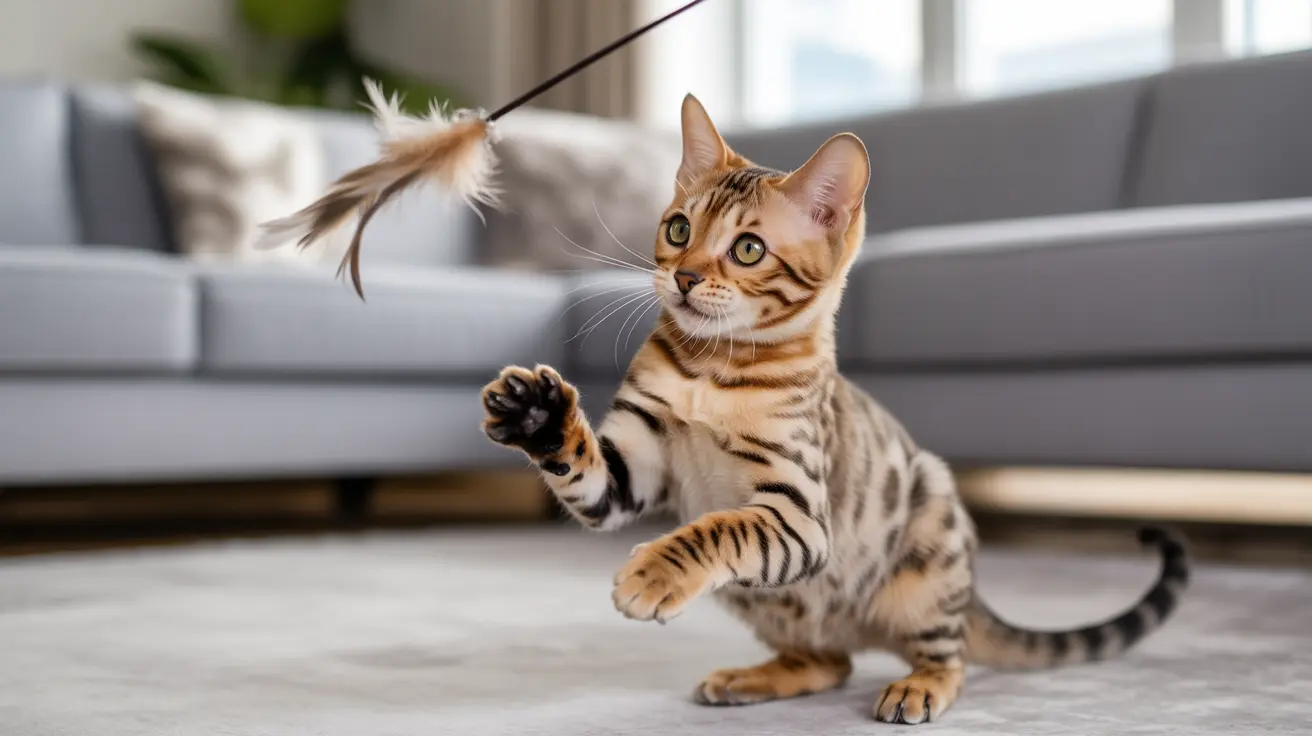Caring for a 6-month-old cat presents unique challenges and opportunities as your kitten transitions into adolescence. This critical period marks significant physical and behavioral changes that require specific attention to ensure healthy development. Understanding these changes and adapting your care routine accordingly will help your kitten grow into a well-adjusted adult cat.
In this comprehensive guide, we'll explore everything you need to know about caring for your 6-month-old cat, from nutrition and health care to behavioral training and environmental needs. Whether you're a first-time cat parent or an experienced owner, you'll find valuable insights to support your kitten's development during this crucial stage.
Physical Development and Growth Milestones
At six months, your cat is experiencing rapid physical development. Most kittens reach sexual maturity around this age, with females potentially entering their first heat cycle. Your kitten's adult teeth have typically replaced all baby teeth, though some may still be teething.
The average 6-month-old cat weighs between 5-7 pounds, though this can vary significantly by breed. While growth begins to slow, larger breeds may continue developing for several more months.
Essential Nutrition Guidelines
Proper nutrition remains crucial for your 6-month-old cat's development. Feed high-quality kitten food three times daily, incorporating both wet and dry options to ensure adequate hydration and support dental health. Portion control is essential, as overfeeding can lead to obesity.
Monitor your kitten's weight and adjust portions accordingly, especially after spaying or neutering when metabolism changes can affect caloric needs. Always provide fresh water and limit treats to no more than 5% of daily caloric intake.
Health Care and Veterinary Requirements
This age marks several important health care milestones. If not already done, schedule spaying or neutering. Ensure your kitten completes core vaccinations and discuss ongoing preventive care with your veterinarian, including flea, tick, and worm treatments.
Regular wellness checks help monitor growth and detect potential health issues early. Watch for signs of common conditions like Feline Lower Urinary Tract Disease (FLUTD), especially in male cats.
Behavioral Training and Socialization
Your 6-month-old cat has high energy levels and requires consistent training and socialization. Provide daily interactive play sessions to channel energy positively and prevent behavioral issues. Use positive reinforcement to encourage good habits and redirect unwanted behaviors to appropriate outlets.
Continue exposing your kitten to new experiences, people, and friendly pets in controlled settings. This ongoing socialization helps develop confidence and reduces anxiety in various situations.
Environmental Enrichment and Safety
Create a stimulating yet safe environment for your growing kitten. Include vertical spaces, scratching posts, and interactive toys to satisfy natural instincts. Ensure your home remains kitten-proofed by securing potentially dangerous items and blocking access to hazardous areas.
Provide multiple comfortable resting spots and maintain a consistent routine to help your kitten feel secure. Regular environmental enrichment prevents boredom and reduces destructive behaviors.
Frequently Asked Questions
When should I spay or neuter my 6-month-old cat, and what are the benefits?
Six months is typically the ideal age for spaying or neutering. Benefits include preventing unwanted pregnancies, reducing behavioral issues, and decreasing the risk of certain cancers. The procedure can also help prevent spraying and roaming behaviors.
How do I properly feed a 6-month-old kitten to support healthy growth and prevent obesity?
Feed three measured meals daily of high-quality kitten food, combining wet and dry options. Monitor portion sizes and adjust based on activity level and body condition. Avoid free-feeding to prevent overconsumption.
What are the key developmental milestones to watch for in a 6-month-old cat?
Watch for sexual maturity, completion of adult tooth development, increasing independence, and physical growth. Your kitten should be well-coordinated and showing refined hunting and play behaviors.
How can I continue socializing and training my 6-month-old cat to reduce aggression and anxiety?
Maintain regular positive interactions with various people and pets, use interactive play sessions daily, and consistently reward calm, friendly behavior. Address any signs of aggression or anxiety promptly with appropriate training techniques.
What grooming and hygiene practices are recommended for a 6-month-old kitten?
Establish a regular grooming routine including weekly brushing, nail trimming as needed, and dental care. Check ears and eyes regularly for signs of infection, and maintain a clean litter box environment.
Conclusion
Your 6-month-old cat is at an exciting stage of development, requiring specific care to support their transition to adulthood. By following these guidelines for nutrition, health care, training, and environmental enrichment, you'll help ensure your kitten grows into a healthy, well-adjusted adult cat. Remember to maintain regular veterinary check-ups and adjust care routines as your kitten continues to develop.






